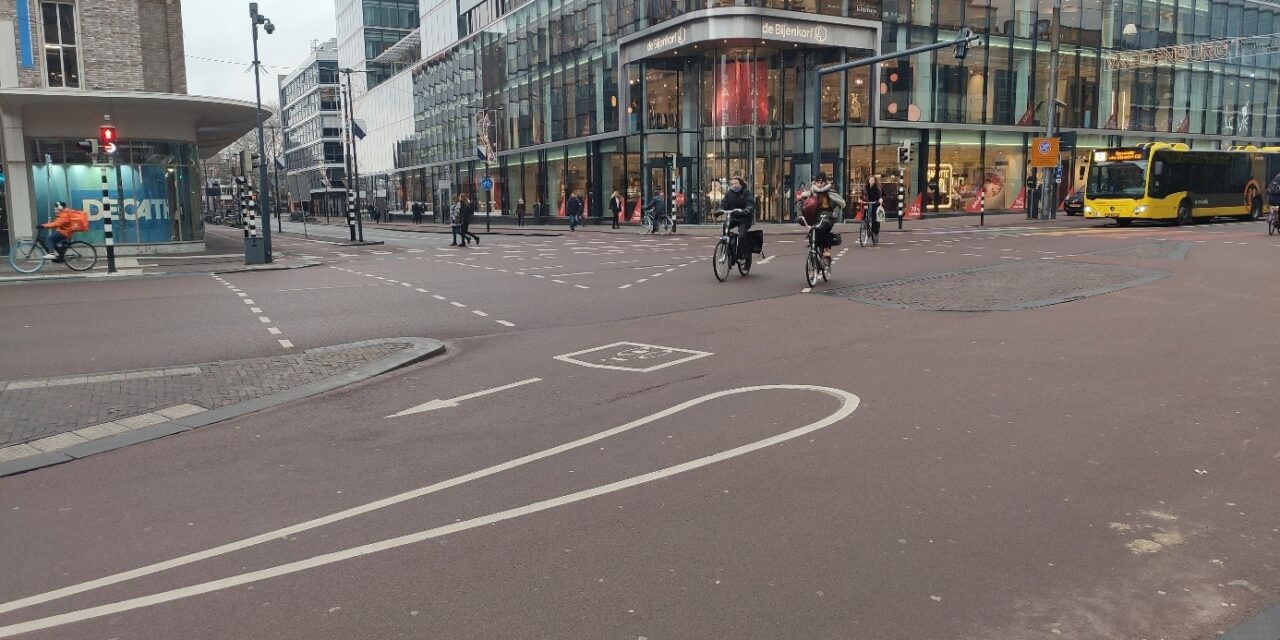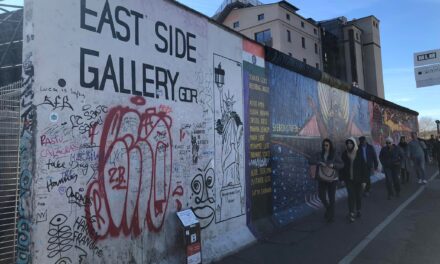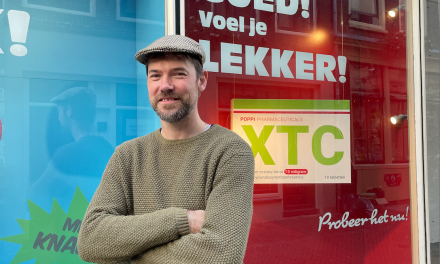When you think of the Netherlands, one of the first things that comes to mind is cycling. Sure, the geography of this small, flat country seems to be ideal for cycling. In reality, it took far more than just geographical factors to achieve the biking culture the Netherlands have today. An overview of how the Dutch got where they are today and how this can apply in other countries, which are still struggling with greener mobility.
How did it start in the Netherlands?
It is Wednesday, the 20th September 1972. Maartje van Putten opens the newspaper “De Tijd” and looks at the front page. Nobody can predict at this time that this small act will contribute to the Netherlands becoming the biggest biking nation in the world.
The front page reads: “Stop de Kindermoord” (“Stop the child murder”). It is an urgent call by the editor of the newspaper, Vic Langenhoff, who has recently lost his six-year-old daughter Simone in a car-related biking accident. As a result, Mr. Langenhoff looked into the data for traffic accidents and came up with shocking results. In 1971 alone, 3,300 people died in car-related accidents – over 400 of them were children under the age of 14.
Maartje van Putten is shocked by the article. She is a 20-year-old young mother at the time living in Amsterdam next to a busy road. Together with Maartje, a huge number of people are shocked as well and together they decide to form the protest group “Stop de Kindermoord”.
Time is on their side as the oil crisis in 1973-74 forces the government to take actions. So called “Car-free-Sundays” are introduced.
But the crisis is not the main reason for the infrastructural change that will take place over the next years and decades in the Netherlands. The protest group manages to generate a huge amount of positive attention from the population and the media. This comes as the safety of children is a common ground and something that no one can argue against. The government is also open for the group’s arguments: Van Putten and other members of the group are invited by the Ministry of Transportation to take part in discussions about new laws and policies that include biking. Amongst other things, the concept of “strict liability” is introduced. It says that in case of an accident between a biker and a car, the car driver has to come up with the costs. The only exception applies, if only the biker is to blame for the accident – In this case, the costs are split between both.
Additionally, the group regularly blocks busy crossings in front of schools at the time when children are on their way home.
One Saturday morning, they bike to the private house of the Prime Minister in Amsterdam to discuss their issues and future measures.
What followed, is the rise of the Netherlands to the biking nation it is today. That is achieved through the building of separated bike paths next to streets all over the country. Biking is made safe and attractive for everyone.
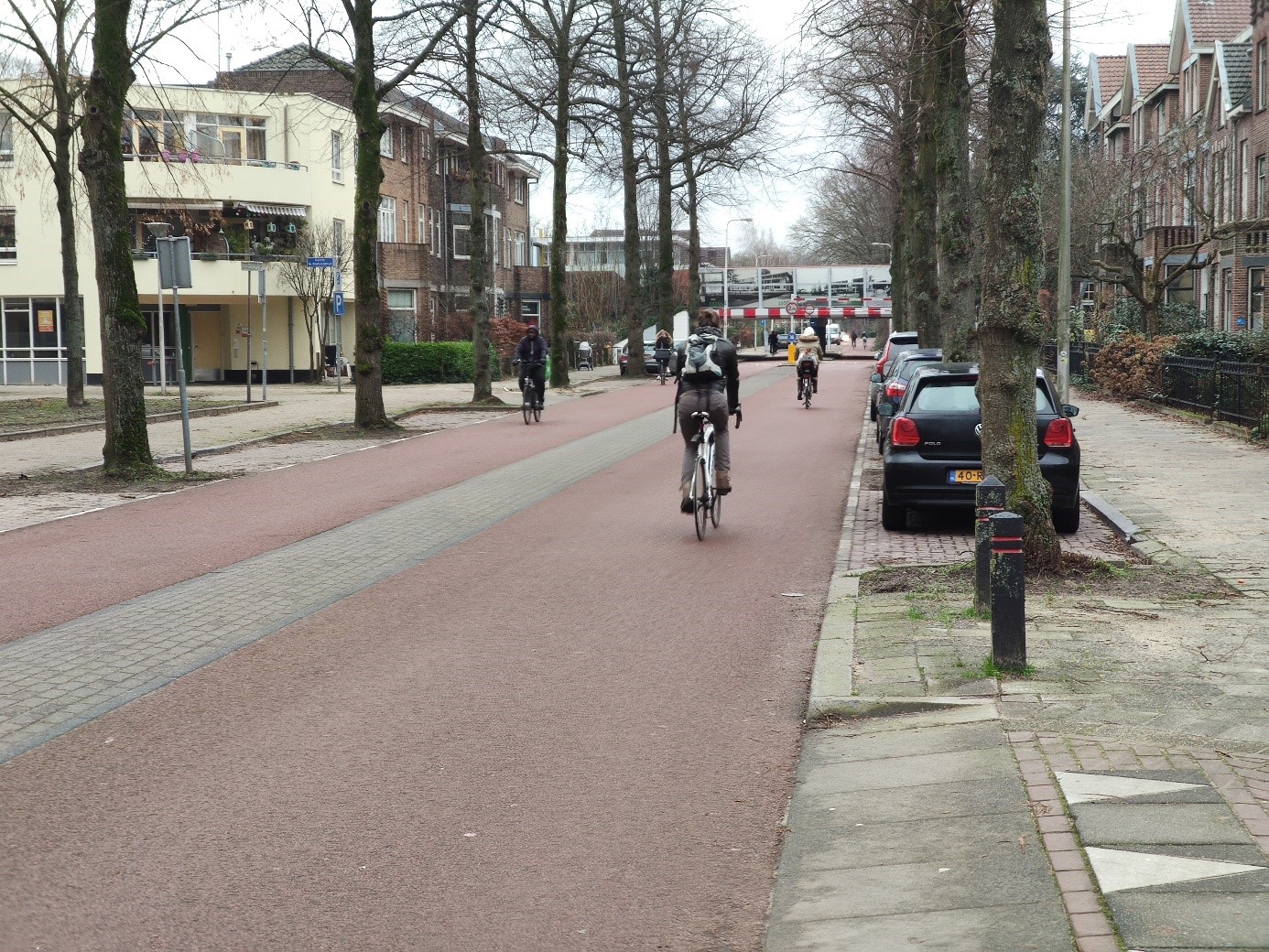
A so-called “Fietsstraat”, a bicycle street, in Utrecht. On those streets, bikes are always prioritized to cars. /Photo: Florian Krempel
Infobox: Why biking?
When it comes to the benefits of cycling you can cluster them in three big categories:
The first cluster has everything to do with health. Cycling combines mobility and exercising at the same time. Every trip to the supermarket, to school or to work is at the same time a workout. This sets the hurdle for getting a daily workout in rather low as you combine it with necessary trips.
Cycling can also help to battle a number of diseases in the process. Most obvious, it contributes to battling obesity, but it does not stop there. A recent study of the university of Tübingen found out that biking helps to tackle and prevent depressions. Even against diabetes it seems to be effective.
The second cluster is all about mobility. According to Martijn van Es, campaign manager at the Dutch Fietsbond, the Dutch cycling union, cycling is the fastest and most flexible mode of transport in a city. It is faster than driving by car because every street and path can be used, even if it is closed for cars. Additionally, it is more flexible than public transport as there is no need for fixed departure times of busses and trams.
The invention and the recent rise of the e-bike has taken the mobility to an even higher level. Now, suburbs of bigger cities are also connected well and it is faster to drive into the city by e-bike than by car.
The third cluster evolves around the environment. Of course, the cleanest method of transportation is walking. However, on the second spot comes the cycling. The use of e-bikes and pedelecs takes more energy, obviously, but is still far cleaner than going by car. A higher use of bikes in the city can significantly lower the carbon emission, according to Mr. van Es.
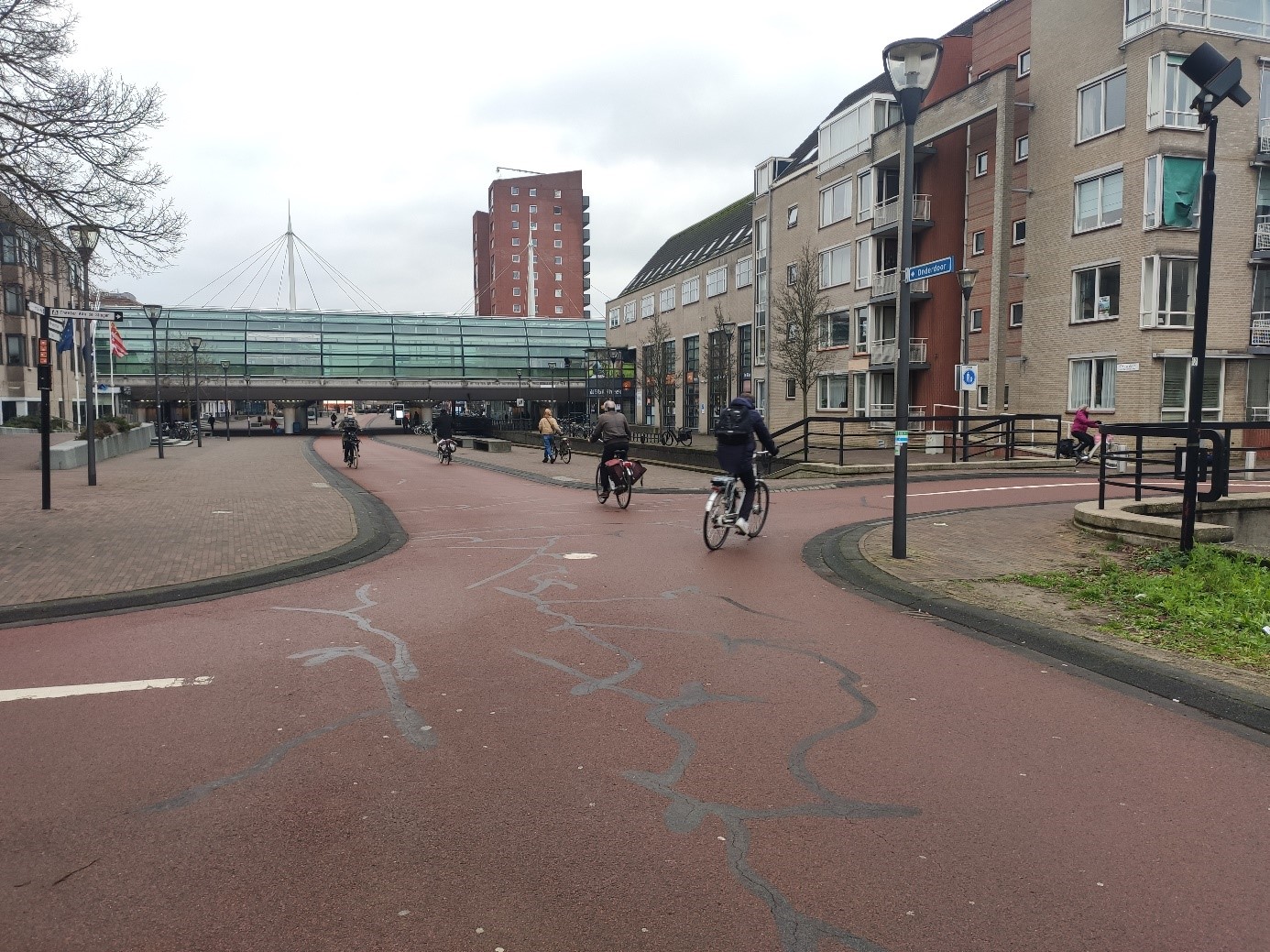
The Dutch city Houten was proclaimed as a “Cycling city” in 2018 for having the best infrastructure in the Netherlands. A view of the car-free station square in Houten. /Photo: Florian Krempel
What needs to be done in other countries to increase biking?
“One word: Infrastructure”, says Sjors van Duren, international biking expert. “Here in the Netherlands, we are building infrastructure since the 1970s. People are feeling safe while biking and so they use their bike”.
Martijn van Es has a similar view: “In urban planning, there is a saying: “Build it and they will come.” And I am talking of good infrastructure, separated bike paths, not just paint on the asphalt.”
In fact, bike paths that are separated from the street are being present nearly everywhere in Dutch cities. Together with concepts for safe crossings and a separate traffic lighting system for bikes, it makes the Netherlands one of the safest countries to bike in the whole world.
To clarify the dimensions of biking in the Netherlands: In 2019, the biggest parking garage for bikes in the world was opened with a capacity of 12,500 bikes over three floors. Projects like these seem to make the transition towards a more bike-friendly climate sheer impossible for other countries, but according to van Es, there is a common misunderstanding: “A lot of people from different countries see the projects and tell me: “It is not possible in our country, it is too big.” Yes, it is too big for other countries, but they do not have to do everything at once. Do not try to do something special but start small and do it right – I am talking separated bike paths.”
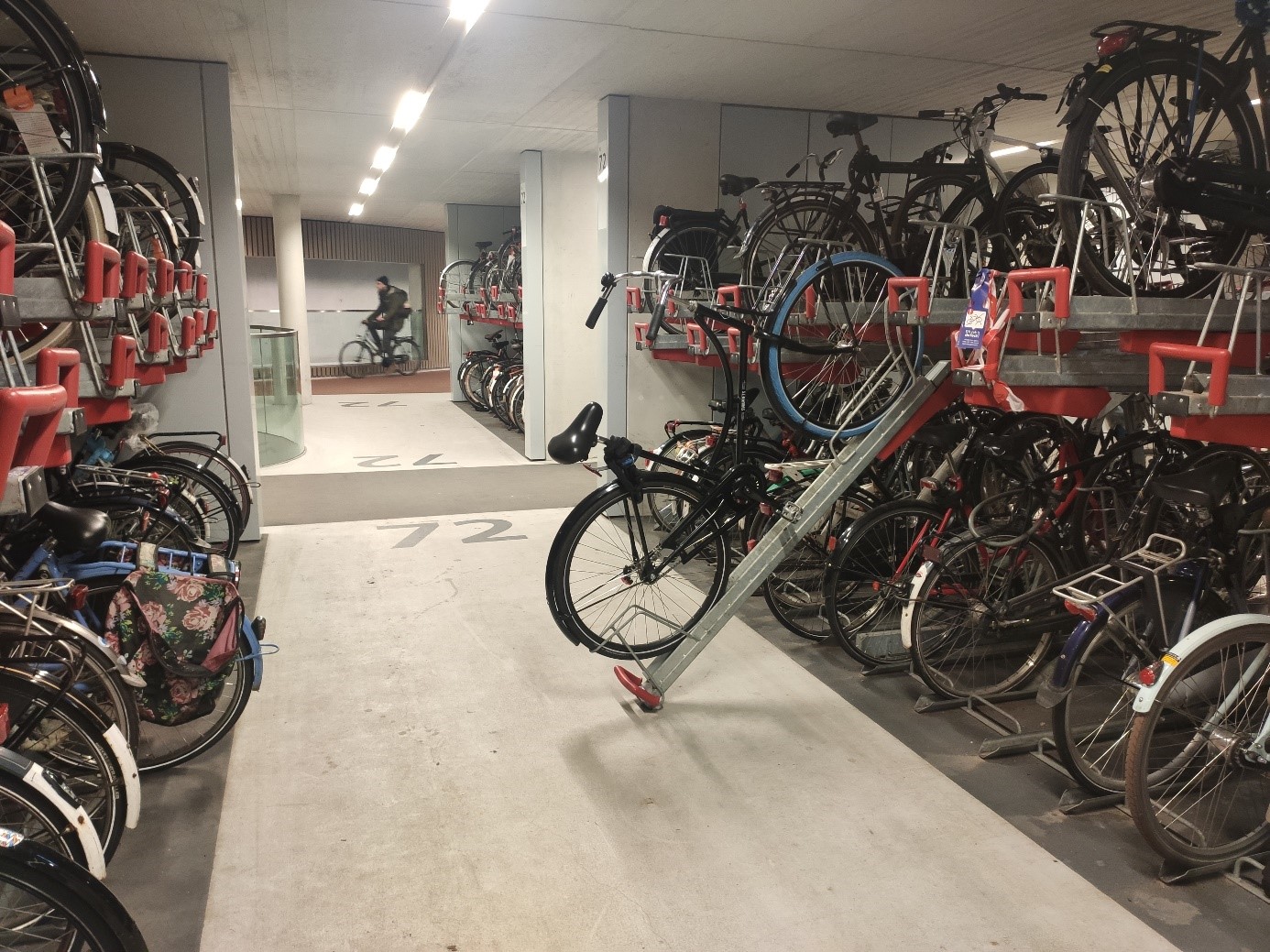
Inside the biggest parking garage for bikes in the whole world. /Photo: Florian Krempel
Do we have to punish cars in the process?
A common misconception is that in order to make room for biking infrastructure in cities, you have to take away space for cars, which will lead to traffic problems all over the city. While it is true that you have to take away car lanes in the short term it may pay off later: “If you are building the biking infrastructure, more people will do their trips in the city with their bike. In the long term, it should even make the streets emptier”, says Sjors van Duren.
“Having less cars in our cities is not an anti-car-choice, but a pro-human choice! The drivers of the car profit from an emptier, cleaner and more quiet inner city as well, while they are walking through the city”, adds Martijn van Es.

Even in roundabouts, bikes have their own separate lanes to make cycling safer. /Photo: Florian Krempel
Why does it not work in Germany yet?
According to Mr. van Duren, who has worked on multiple biking-related projects in Germany as well, the intentions are there in Germany, but there is a different problem: “The ideology of a green mobility is present, but it is too far away from the reality. There is the will to change mobility but there is not the will to get the needed measures.”
Planning in Germany also seems to take far longer than in the Netherlands. “In the Netherlands, we are not afraid of making mistakes, in Germany they plan for every eventuality there may be, even if it will never happen. We are not talking about a highway or a high-speed rail. In reality, we are talking about an agricultural road that also can be used by bikes”, so van Duren.
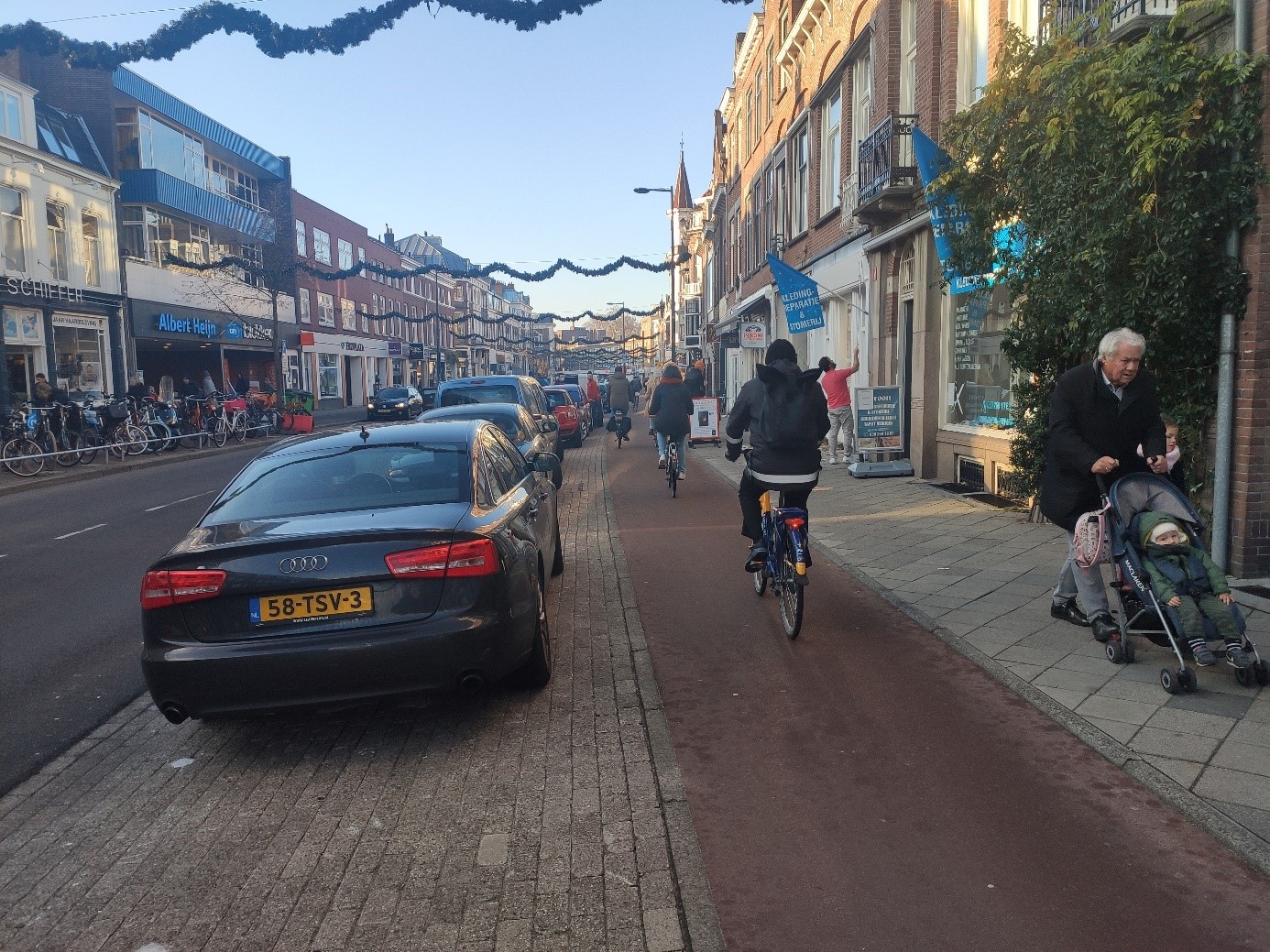
Nearly everywhere in the Netherlands, you find separated bike paths next to the street. In this example, you see them on both sides of the road. /Photo: Florian Krempel.
“Mobility will change significantly over the next years.” This statement was made by German chancellor Angela Merkel as she called for green, flexible and cheap solutions in the face of the slow rise of electronic cars. So why not look at our smaller neighbor next door for one solution?
Biking was not always in the Dutch DNA, but it was a long way with nonviolent protests and discussions to combat the skyrocketing numbers of child deaths in car accidents. Today, car traffic is more secure and changes in that way are not as urgent. However, the climate crisis promises to be an even bigger threat, which calls for significant change of behavior and the approach to carbon emission. Biking, not only as a sport, but as a common mode of transportation, may be one of the solutions needed and would come in combination with several different benefits.
For that to happen, Germany would need start providing the necessary infrastructure for bikers in cities to feel safe and to be separated from car traffic. Then, Germany can start to follow the path, the Netherlands started 50 years ago. In order to do that, getting the necessary funding, planning and realization of the infrastructure would have to move quicker than it did until now.
